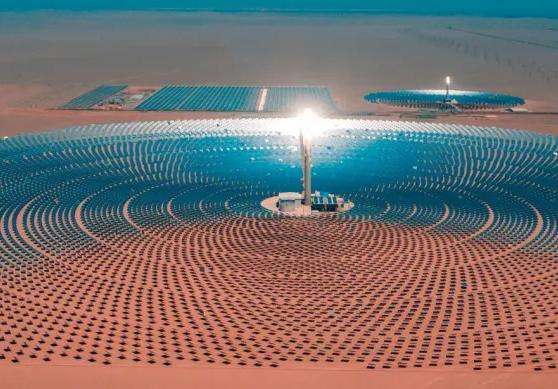Good thing: Wind can spread pollen and plant seeds, helping plants pollinate and reproduce. For example, the most common example is that dandelion seeds are spread by wind. Wind energy is a widely distributed and inexhaustible energy source. Using wind energy to produce electricity reduces the use of fossil energy and protects the environment.
Bad things: Strong winds can cause mechanical scratching of leaves, lodging of crops, broken trees and falling flowers and fruits, thereby affecting yields . Strong winds also cause soil erosion, shifting sand dunes and damage to agricultural land. Indiscriminate reclamation of drylands will lead to land desertification due to wind. Strong winds and snowstorms in pastoral areas pecan disperse herds and aggravate the damage caused by frost.
Type:
Due to differences in wind speed, direction, humidity, etc., many types of wind will be generated. Gusts, gales, squalls, storms and hurricanes are common wind types with Beaufort wind forces of seven, eight, nine, ten, eleven and twelve respectively.
Gusts: When the air flow speed increases and decreases, the wind suddenly becomes strong and sometimes gentle, and it feels like gusts of wind blowing on people's bodies. This is what we recognize in life. like gusts of wind.
In meteorology, wind speed generally refers to the average situation over a 2-minute period, and wind speed varies from time to time. Gust generally refers to the maximum instantaneous wind speed during that period. If the weather forecast predicts thatue today's wind will be level 4-5 and gusts will be level 6, that means today's average wind will be level 4-5 and maximum instantaneous wind will be level 6
Based on the lever principle, the longer the moment arm, the lower the force required, so the long fan blades can also be blown by. small winds. The larger the surface area of the fan blades, the greater the air resistance. If the fan blade is very wide and a strong wind blows, the fan blade will be blown over by the wind. Wind turbines are used to absorb wind energy rather than block it. The three-leaf blades and small width (strength) currently used can absorb wind energy to the maximum when rotated. If the blades are wider, it will affect the airflow through the blade rotation plane, which is not conducive tothe absorption of wind energy when the wind speed v1 in front of the plane of rotation of the rotor and the wind speed v2 behind the plane are equal. in a certain ratio, the yield is the highest, which is 59.3%. In comparison, the so-called material savings, costs and charging issues are not major problems. The key is to use this form to achieve higher absorption efficiency. If you are interested, you can search for Bates theory and Ye Su theory. Does the low-strength, few-blade wind rotor allow most of the airflow to escape? Low solidity wind turbines operate at high speeds and the linear speed of the blades is several times higher than the wind speed. They can sweep away most of the passing airflow, leaving only a small portion that does not pass through the blades. the passing air flow rotates the blades and the major by100% of wind energy is exploited. Many experiments have been carried out at home and abroad to select the appropriate number of blades. Two, three and four blades are commonly used choices for wind turbines, with three blades being the most used. Of course, the choice of three blades also depends on the structural strength, manufacturing cost, noise, appearance and other reasons of the wind turbine. The multi-blade wind rotor has high strength and a relatively low wind energy utilization rate. But multi-blade wind turbines also have advantages. A wind rotor with the same diameter is better than a wind rotor with fewer blades. The output torque of the wind wheel is much larger, and it has strong starting ability at low wind speed, so it is often used in the pumping and grinding of water in rural areas. In areas where wind speed is stable,especially in low wind speed areas, it is possible to achieve better wind energy utilization effects by using 4-8 blade wind turbines according to different uses.














